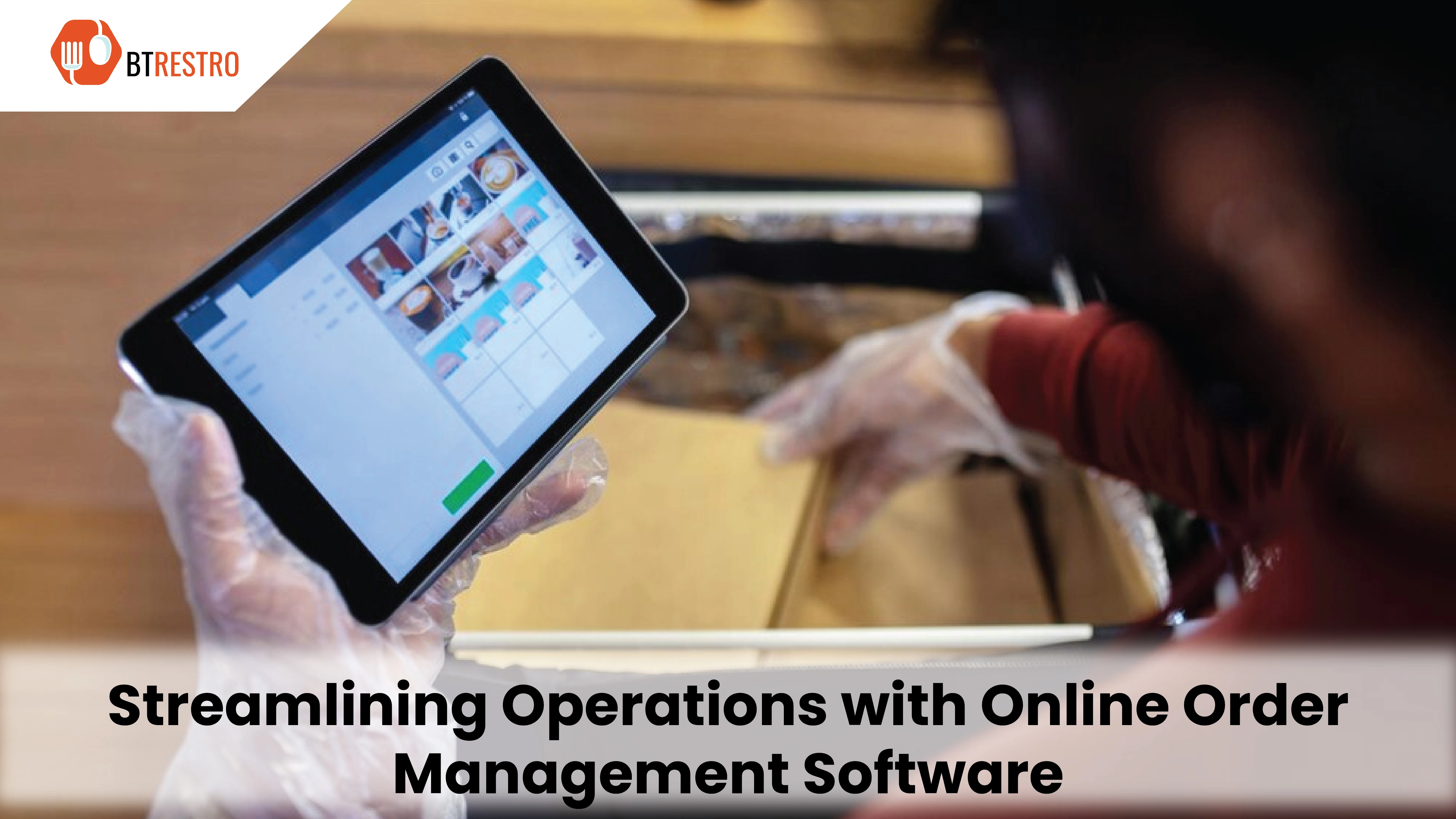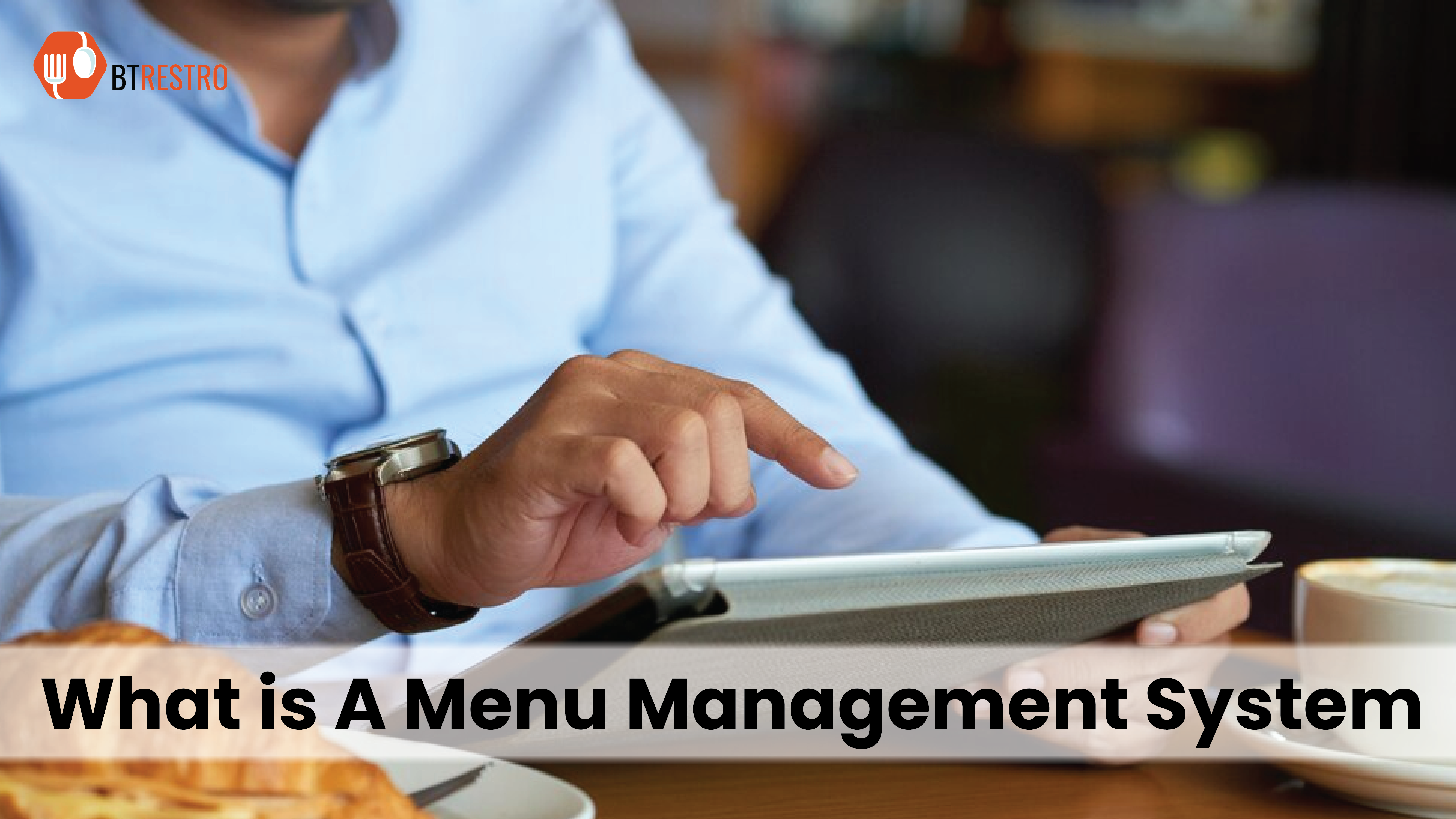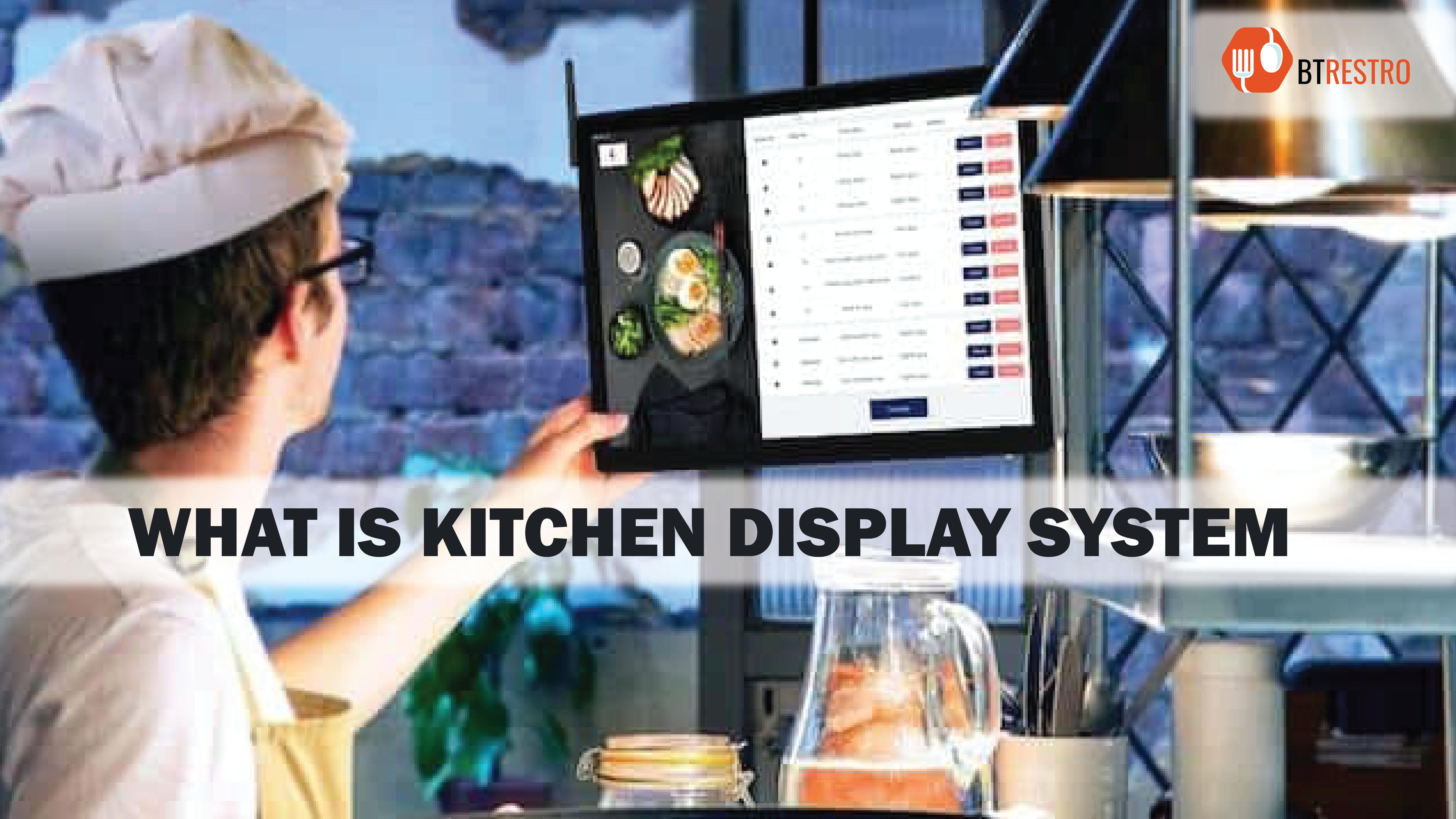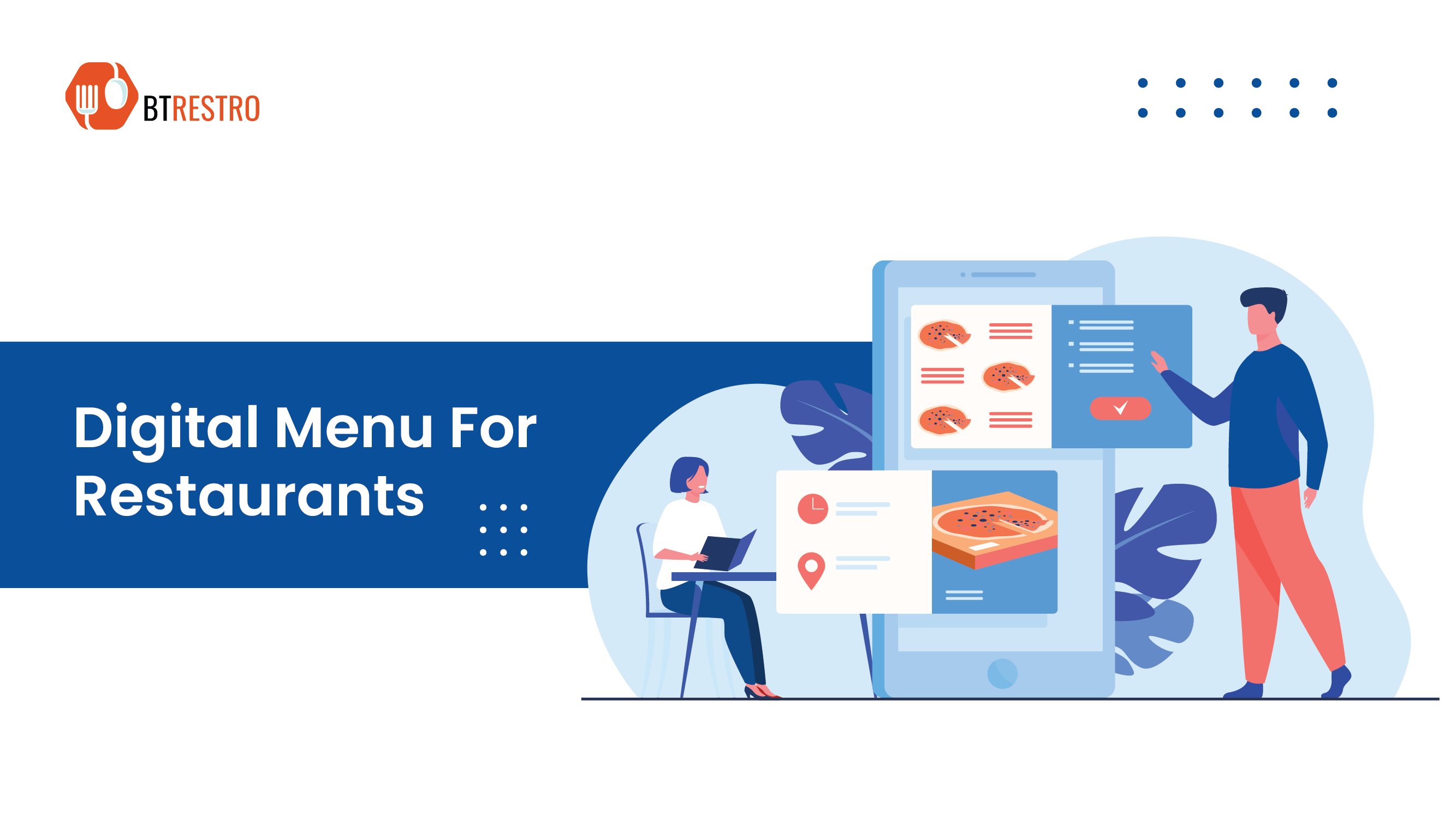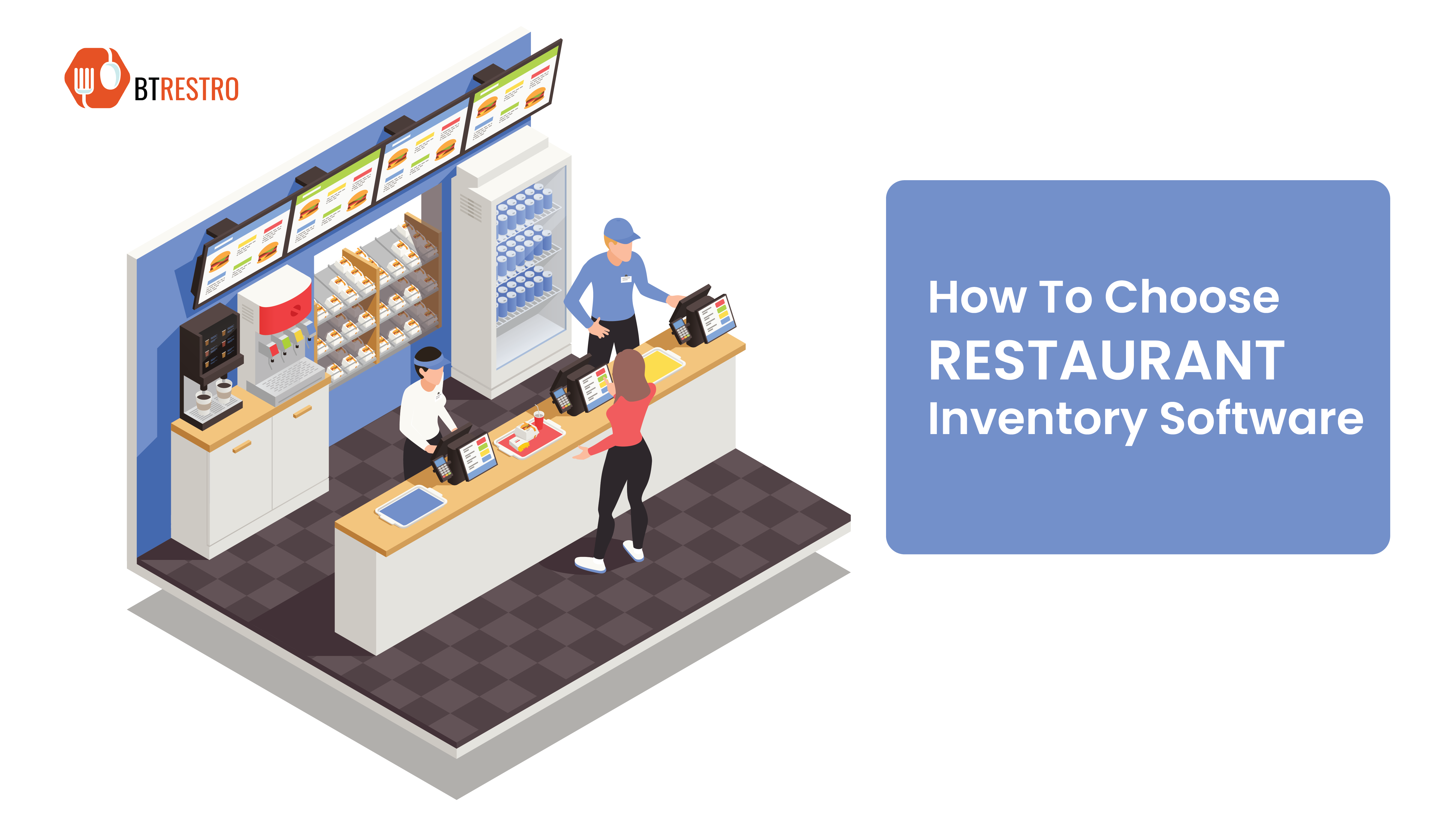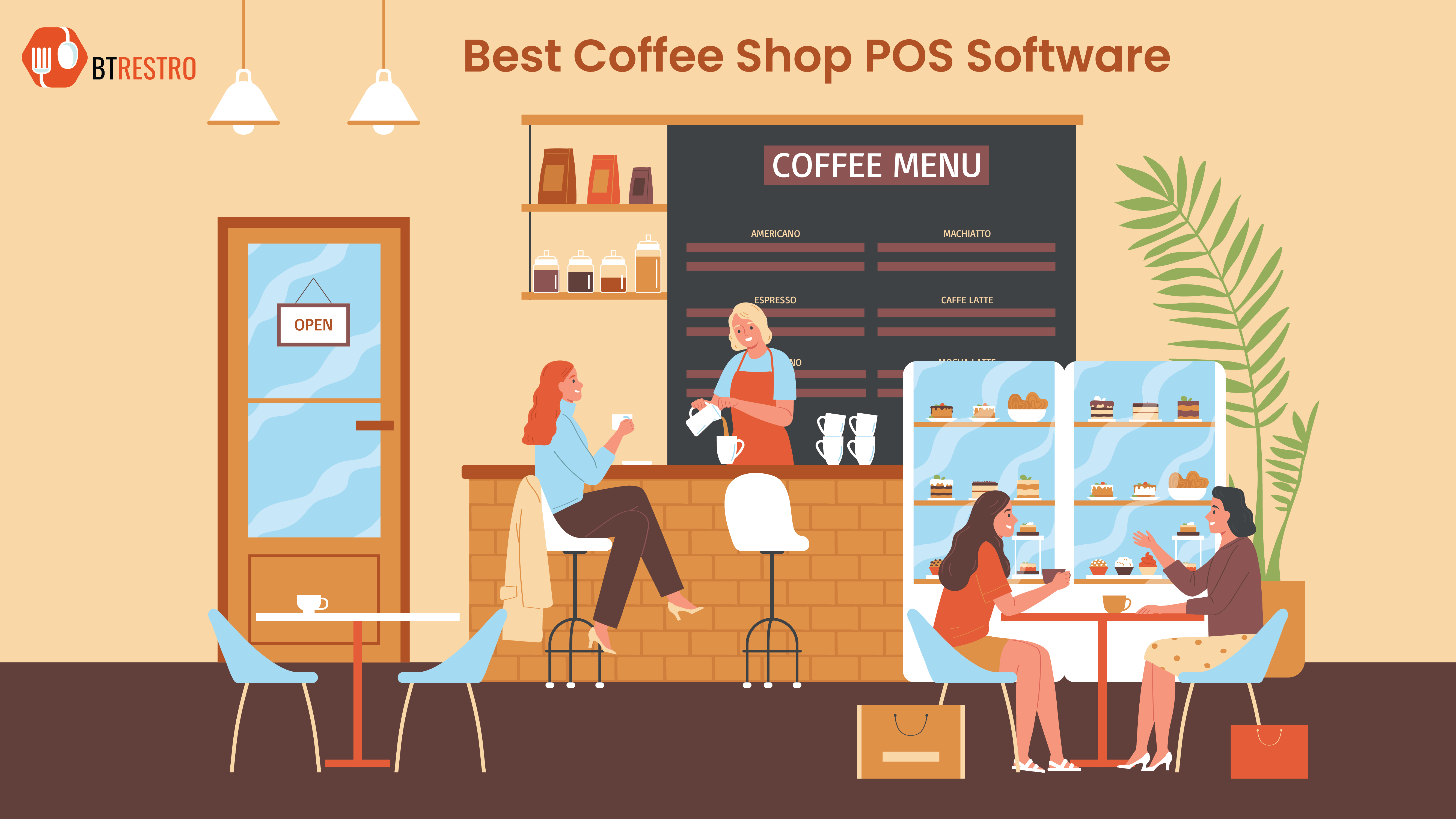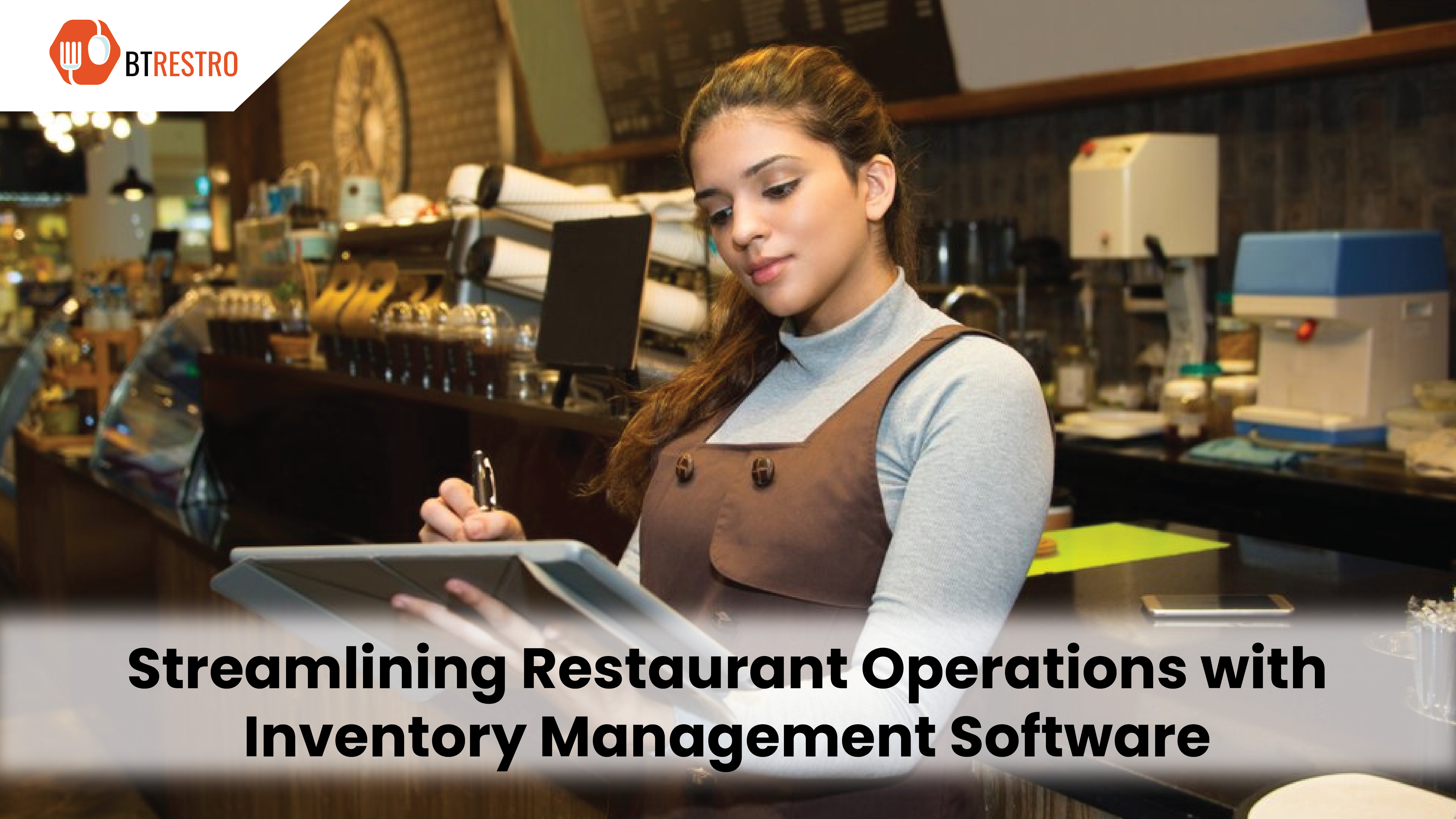In Today's Digital Age, Online Ordering Has Become Increasingly Popular Among Customers. With The Rise Of Food Delivery Services And The Convenience Of Ordering From Mobile Devices, Restaurants And Organizations Need Robust Order Management Systems To Handle The Influx Of Online Orders.
This Is Where Online Order Management Software Comes Into Play. In This Blog, We Will Explore The Key Points To Consider When Evaluating Online Order Management Software To Streamline Operations And Enhance The Customer Experience.
Streamlining Operations With Online Order Management Software
1. Centralized Order Management
Online order management software provides a centralized platform to manage all orders coming from various online channels, such as sites, third-party delivery platforms, social media, and mobile apps. This eliminates the need to connect multiple systems and enter orders manually, reducing the risk of errors and ensuring seamless order flow.
2. Real-Time Order Tracking
One of the important features of online order management software is real-time order tracking. Online order management software tracks orders from placement to delivery for both restaurant staff and customers. Until the order is received. This transparency improves and develops communication, reduces clutter, and enhances customer experience by giving accurate reports on order progress.
3. Menu and Price Management
Executive online order management software allows restaurants to manage their menus and prices. Changes made to this menu or evaluation are reflected in a consistent time on each online channel, guaranteeing consistency and avoiding disparities. This feature saves time and effort by eliminating the need to specifically refresh the menu on each online platform.
4. Customer Data And Analytics
Online order management software allows businesses to gain valuable insight into their customer base by capturing customer data and order history. Additionally, examining this data helps identify ordering trends, preferences and customer behavior and create customer persistence programs.
5. Integration With POS And Kitchen Systems
Efficient order management software continuously coordinates with the restaurant's point-of-sale (POS) system and kitchen systems. This integration empowers automated order processing, including printing request tickets in the kitchen, printing order tickets, updating inventory levels, and synchronizing deals information with bookkeeping systems. Such engagement gets rid of manual tasks and guarantees accuracy and productivity as well as satisfaction.
6. Order Routing And Dispatching
For businesses with multiple locations or delivery zones, productive order routing and dispatching are critical. Online order management software gives deep steering calculations that guarantee that orders are assigned to the nearest available location or driver. This element improves transportation activities, reduces delivery time and improves overall effectiveness.
7. Inventory Management And Stock Control
Coordinating inventory management functionality in online order management software allows organizations to fix levels and keep track of stock. This also reduces the risk of overselling, helps in placing accurate orders taking into account available materials, and limits the possibility of disappointing customers due to missing items.
8. Automated Notifications And Alerts
To keep customers informed and engaged, online order management software automates various notification and alert systems for executives. These include order confirmation emails, estimated delivery or pickup times, order status, and feedback requests. Due to which their experience and satisfaction increases.

Conclusion:
Restaurants and businesses aiming to provide an online ordering experience need to invest in an online order management software. Thereby upgrading the organization by focusing on key points like centralized management, real-time tracking, coordination with POS and kitchen systems, menu and payment administration, customer information and enquiries, request handling and dispatch, automated notifications and alerts and inventory management.
Taking care of the developing shopper interest in online ordering. Keep in mind, prioritizing these features will help the business thrive by streamlining its processes, improving customer satisfaction, and faster delivery.

